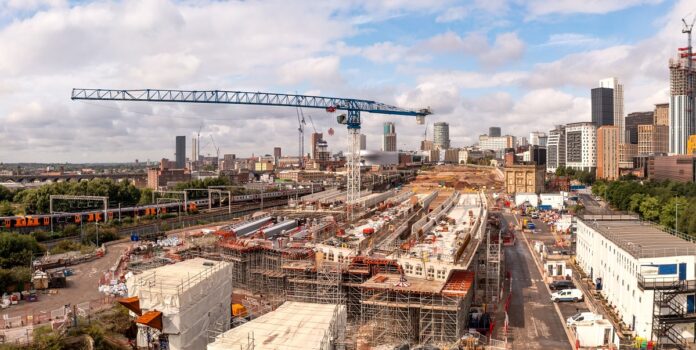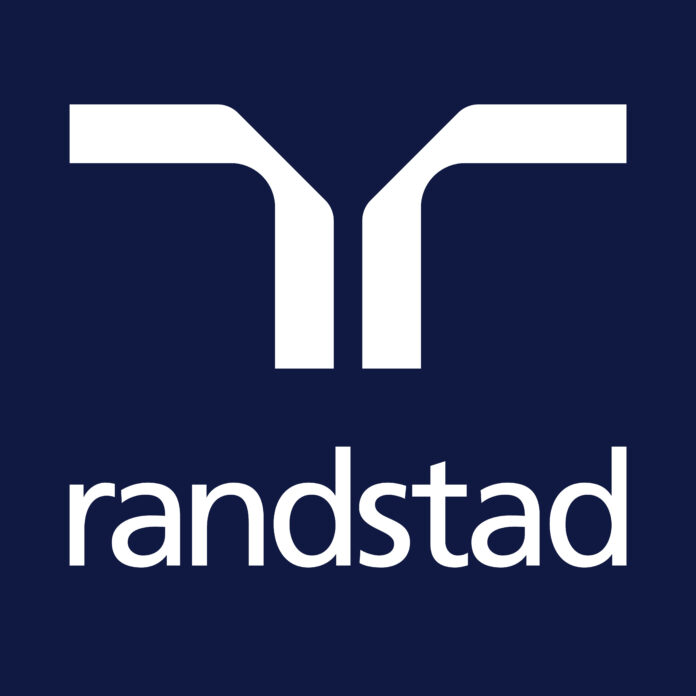In March 2025, the Chancellor asked the Office of Rail and Road (ORR) to conduct a comprehensive deep dive into the Rail Network Investment Framework (RNIF). The goal? To explore how government, investors, and the rail supply chain can unlock greater private investment in railway infrastructure – driving productivity and economic growth across the UK.
Now, as of October 2025, the ORR has published its Phase 2 findings and launched Phase 3 of this review. The results mark an important moment for SMEs in the rail and infrastructure sectors. For smaller firms – from engineering consultants and construction suppliers to digital service providers – the review highlights new opportunities to participate in, and benefit from, a more open, transparent, and investment-friendly rail environment.
A recap: what the RNIF is and why it matters
The Rail Network Investment Framework is the UK’s key governance document for investment into the rail network. Originally launched in 2006 and updated most recently in 2022, it sets out how third-party organisations – including investors, developers, and delivery partners – can finance and deliver improvements to rail infrastructure.
The framework ensures there’s a fair balance of risk between Network Rail and external investors, while giving all parties a clear route to invest. Since its inception, the RNIF has supported over £40 billion of third-party investment into the UK’s railways – ranging from new stations and freight terminals to electrification and innovation programmes.
For SMEs, the RNIF is the mechanism that governs how money flows into new rail projects and, ultimately, how smaller businesses get to participate in that investment ecosystem.
Key findings from the ORR’s 2025 deep dive
Phase 1: Understanding the landscape
Phase 1, completed in June 2025, focused on identifying barriers and opportunities for private investment. ORR found strong investor appetite for UK rail infrastructure, but a number of friction points limited that enthusiasm – including unclear investment pathways, lack of accessible information, and complexity in how projects are structured and approved.
Phase 2: Strengthening the system
Phase 2, published in October 2025, dug deeper into the technical workings of the RNIF – especially its core investment mechanisms:
- The Industry Risk Fee (IRF) and Network Rail Fee Fund (NRFF) — the two funds that underpin how risk and liability are managed between investors and Network Rail.
- The risk allocation matrix and template contractual agreements, which define how risk and responsibility are shared across project participants.
- The value thresholds that trigger different levels of regulatory oversight.
The review concluded that the framework remains effective and fit for purpose, but with scope for improvement. Specifically, the ORR found opportunities to make the fee funds more transparent, efficient, and value-driven. This includes examining contribution rates, reassessing thresholds, and improving clarity around how generated interest is used.
Importantly, the review also led to the publication of new investor guidance – including a streamlined Investment Pathway document and clearer sector-specific guides – designed to make it easier for external investors and partners to engage with rail projects.
Phase 3: The next step
Phase 3, now underway, will include:
- An independent actuarial review of the IRF and NRFF funds to ensure they remain financially resilient.
- A formal consultation with stakeholders — including supply-chain partners — on proposed reforms.
- Collaborative work with Network Rail to refine contractual templates and the risk allocation matrix.
This is a crucial phase — not just for investors, but for the thousands of SMEs that make up the rail supply chain. The consultation process gives these businesses a real voice in shaping how risk, cost, and opportunity are distributed across future projects.
What this means for SMEs
The deep dive’s findings send a clear message: the UK rail investment environment is opening up. For SMEs, that creates three major avenues for benefit – access, partnership, and growth.
1. Greater access to investment opportunities
Historically, smaller firms have struggled to engage directly in large rail projects because of the complexity of regulatory processes and lack of visibility over investment plans.
The ORR’s new Investment Pathway guidance simplifies this. It offers clear, accessible explanations of how to participate in projects, how the RNIF operates, and what investors and partners can expect at each stage.
For SMEs, this means:
- Clearer entry points into major projects – including sub-contracts, innovation pilots, and early-stage feasibility work.
- Easier collaboration with private investors or local authorities seeking delivery partners.
- Better understanding of the frameworks governing commercial risk and regulatory compliance.
2. More transparent and fair risk allocation
The RNIF’s risk-management mechanisms are being fine-tuned to ensure fairness and transparency. For SMEs, this is particularly significant. Smaller firms often face challenges managing project risk – from cost overruns to delayed payments or scope changes.
As the ORR refines the risk allocation matrix and contractual templates, SMEs can expect:
- More consistent terms across projects, reducing uncertainty.
- Clearer definitions of where liability sits, helping smaller suppliers price work more confidently.
- Stronger protection from disproportionate risk exposure – a frequent concern for smaller contractors and consultants.
In short, a fairer playing field is emerging – one that supports collaboration rather than penalises scale.
3. Increased investor confidence and pipeline stability
By reviewing and updating the Industry and Network Rail Fee Funds, the ORR is making the rail investment market more predictable for private capital.
This stability is good news for SMEs because it encourages long-term investment programmes rather than one-off projects. When investors have confidence in the framework, they’re more likely to commit to multi-year funding — and that translates into more consistent work and longer-term contracts for smaller suppliers.
A new era of partnership
The overarching message from the ORR’s 2025 deep dive is collaboration. The regulator’s engagement with investors and the supply chain has been widely welcomed, and the upcoming consultation provides an opportunity for SMEs to help shape the next generation of the RNIF.
Feras Alshaker, ORR’s Director of Planning and Performance, summed it up:
“The Rail Network Investment Framework has supported over £40 billion of third-party investment into the railway since it was launched. The changes we’re announcing today are a positive step towards making it easier and simpler to invest in the rail network, supporting economic growth.”
For SMEs, this is a call to action. The UK rail sector is evolving – and smaller firms that engage early, familiarise themselves with the updated guidance, and position themselves as innovative, reliable partners can play a defining role in this next phase of infrastructure investment.
The ORR’s RNIF deep dive reaffirms that the framework is working – but it also highlights a commitment to make the investment process simpler, fairer, and more inclusive. For SMEs, this is not just a technical update; it’s an open invitation to participate in the rail industry’s growth story.
By engaging with the new guidance, preparing for upcoming consultations, and building partnerships across the supply chain, small and medium-sized enterprises can position themselves at the heart of the UK’s future rail investment landscape.





